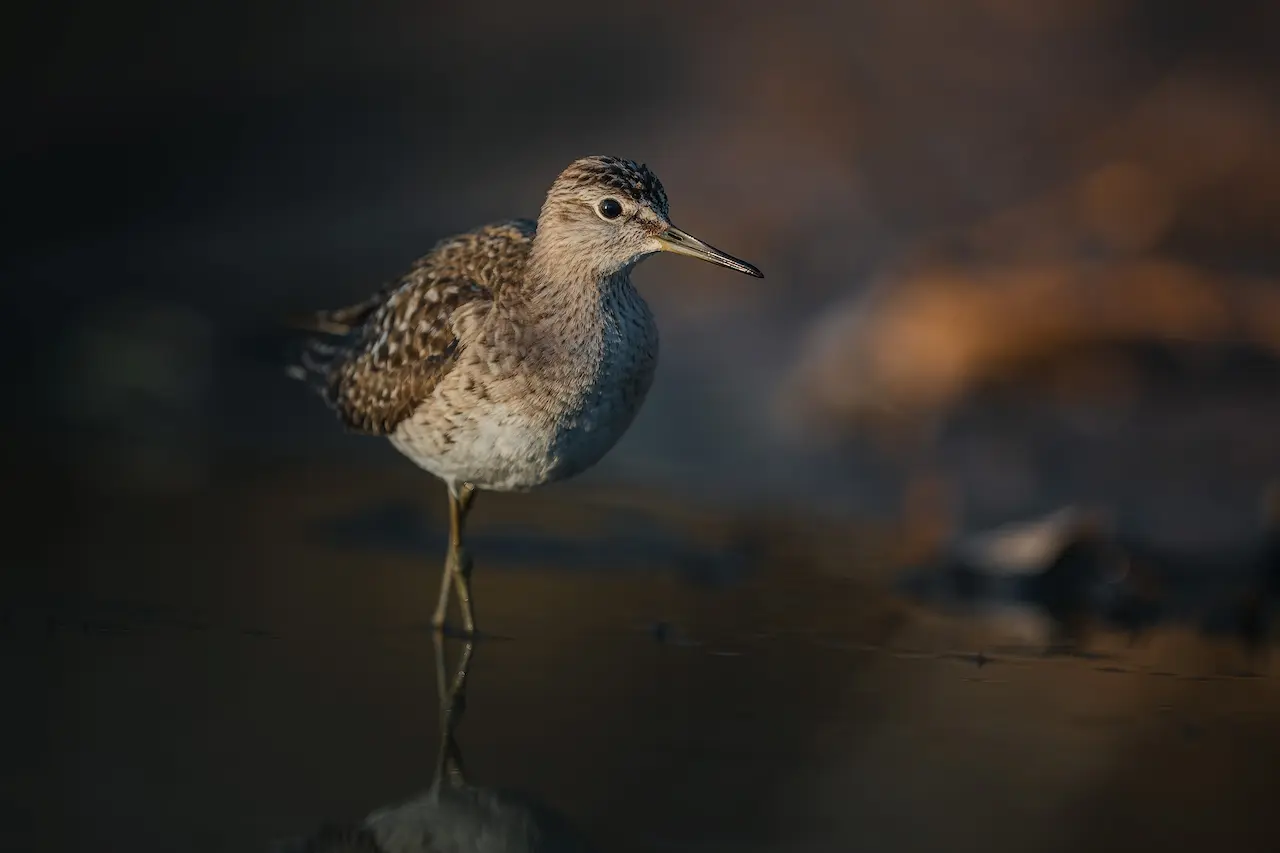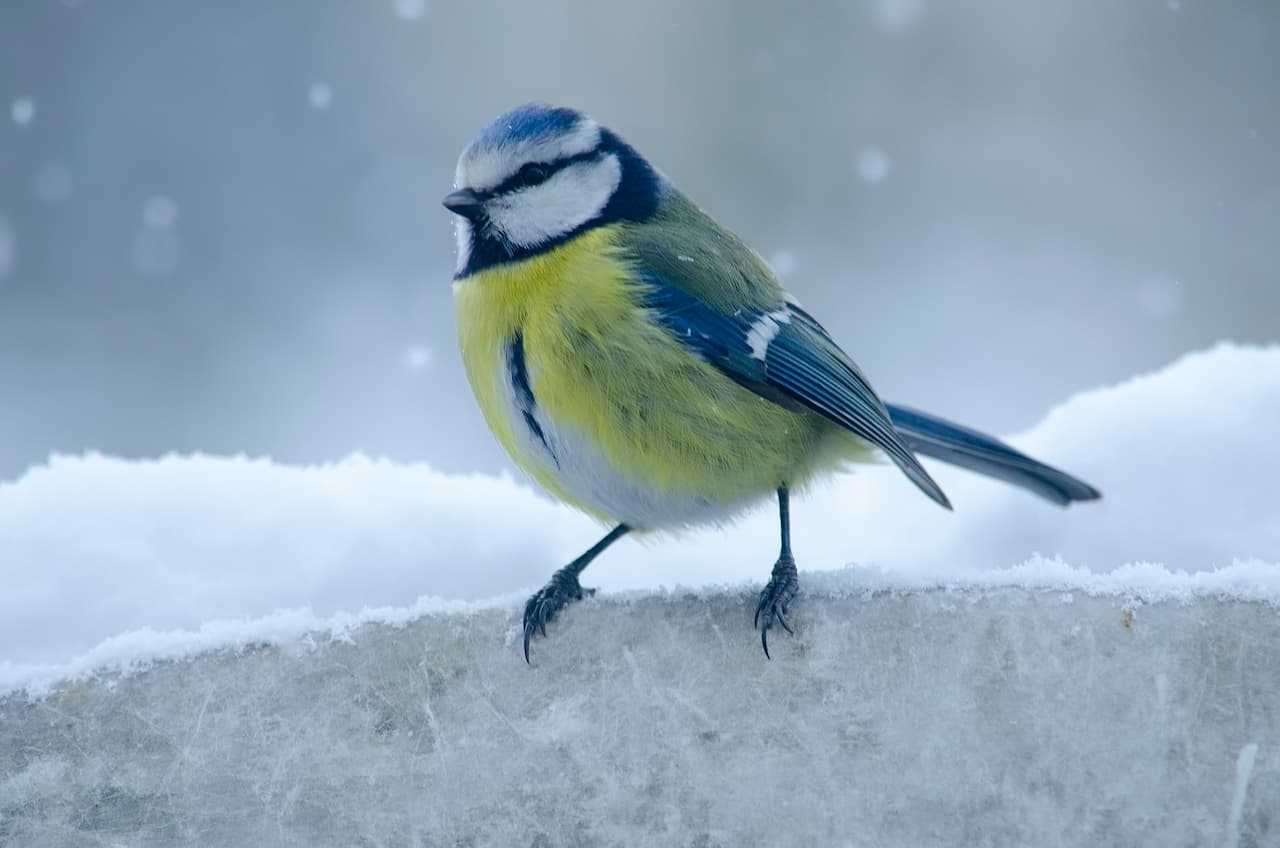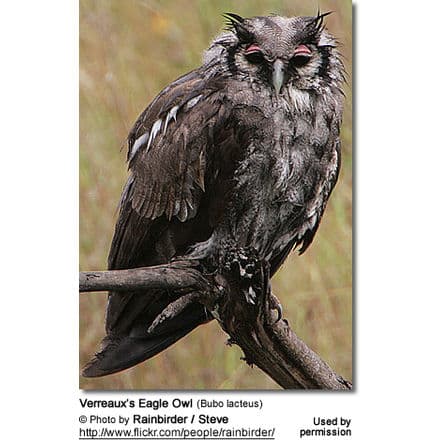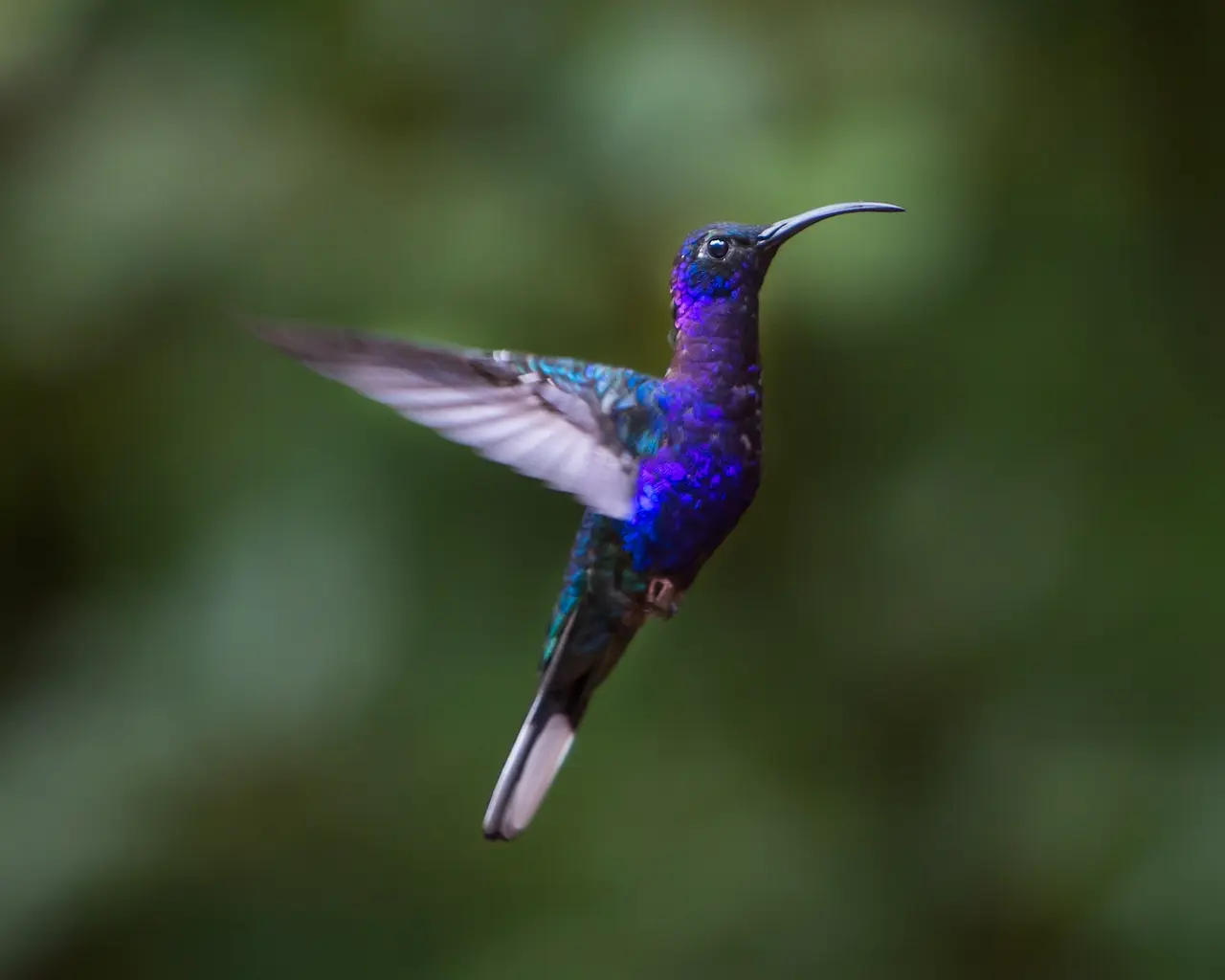Hook-billed Hermit
The Hook-billed Hermits (Glaucis dohrnii – Bourcier and Mulsant, 1852 Synonym: Ramphodon dohrnii – Sibley and Monroe, 1990, 1993) was named after German entomologist Karl August Dohrn.
This rare South American (Brazilian) hummingbird is globally known as Ermitaño de Espírito Santo (Spanish), Colibri de Dohrn (French), and Bronzeschwanz-Schattenkolibri (German).
Its numbers and distribution have declined significantly due to habitat destruction and fragmentation, sensitivity to habitat disturbances, changing migration patterns, and hunting for their feathers.
It is estimated that less than 500 of them are still found in their natural range. Officially, the Hook-billed Hermit is the only hummingbird species that is listed under the Endangered Species Act (ESA).
Alternate (Global) Names
Spanish: Ermitaño de Espírito Santo, Pico de Sable Chico … Portuguese (Brazil): Balança-rabo-canela, beija-flor-canela … Italian: Eremita becco a uncino, Eremita uncinato … French: Colibri de Dohrn, Ermite à bec crochu, Ermite de Dohrn … Latin: Glaucis dohrnii, Ramphodon dohrnii … Czech: Kolibrík bronzovoocasý, kolib?ík bronzovoocasý … Danish: Krognæbskolibri … German: Bronzeschwanzeremit, Bronzeschwanz-Eremit, Bronzeschwanz-Schattenkolibri … Finnish: Brasiliankaarikolibri … Japanese: kagihashihachidori … Dutch: Bronsstaartheremietkolibrie, Bronsstaart-heremietkolibrie …Norwegian: Bahiaeremitt, Kroknebbkolibri …Polish: pustelnik hakodzioby … Portuguese: balança-rabo-canela, Beija-flor-canela … Russian: ??????????????? ???????? … Slovak: pustovnícek krivozobý … Swedish: Bågnäbbskolibri
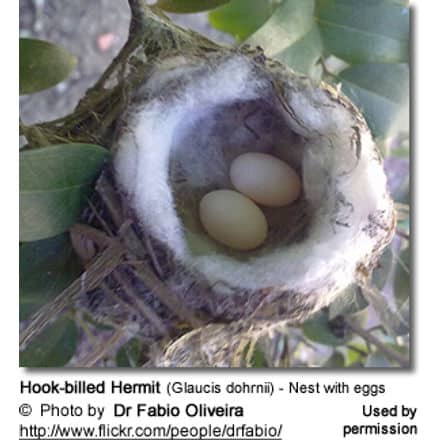
Distribution / Range
The hook-billed Hermits is only found in eastern Brazil; specifically:
- State of Bahia: Recent records exist from three sites:
- Estação Veracruz (formerly the CVRD Porto Seguro Reserve – where it was found relatively frequently during 1993-1997
- Monte Pascoal National Park – a few recent records
- Serra de Itamaruja – one record in July 1993
Habitat
Hook-billed Hermits live in humid tropical lowland evergreen forests, mostly at elevations below 1,600 feet or 500 meters and along streambeds with flowering Heliconia. They are usually found in the forest interior but have been recorded visiting ornamental flowers in areas adjacent to the forests. They are usually seen in the understory/undergrowth.
Description
The Hook-billed Hermits is usually between 4.7 – 5.4 inches (12 – 13.7 cm) long; with the female generally being a little larger than the male. It has an almost straight bill, with a small hook at the tip (hence its common name). The upper bill is black and the lower bill is yellow-whitish. The legs are yellow.
This dull-colored hummingbird has a metallic greenish-bronze upper plumage (including the top of its head). The plumage below is cinnamon-colored.
The face is dark except for a white stripe starting behind its eyes, across the cheeks in the direction of its shoulders.
The tail is bronze-green with a rufous base to the other tail feathers and a black band near the end of the tail. Only the male has pale/whitish tail tips.
Gender id: The female is a little larger than the male. Only the male’s tail has pale (whitish) tips.
Similar Species:
This species resembles the far commoner Rufous-breasted Hermit, but has a straighter bill and lacks the rufous base in the tail and black tail band.
It also shares many of the physical features of the Saw-billed Hermit, except the Saw-billed Hermit is larger and has bold streaks on the under plumage.
Nesting / Breeding
Hook-billed Hermits are reported to breed from September to February.
Hummingbirds in general are solitary and neither live nor migrate in flocks; and there is no pair bond for this species – the male’s only involvement in the reproductive process is the actual mating with the female.
During the breeding season, the males of many Hermit species form leks (= competitive mating displays) and congregate on traditional display grounds. Once a female enters their territory, they display for her. Their display may entail wiggling their tails and singing. Willing females will enter the area for the purpose of choosing a male for mating. Oftentimes she will choose the best singer.
He will separate from the female immediately after copulation. One male may mate with several females. In all likelihood, the female will also mate with several males. The males do not participate in choosing the nest location, building the nest or raising the chicks.
The female Hook-billed Hermits is responsible for building the remarkable cone-shaped nest which hangs by a single strong string of spiders’ silk and/or rootlets from some overhead support, which could be a branch or the underside of the broad leaves of, for example, Heliconia plants, banana trees or ferns about 3 – 6 ft (1 – 2 m) above ground. However, these unusual nests have been found beneath bridges, in highway culverts and even hanging from roofs inside dark buildings. The nest is often near a stream or waterfall. It is constructed out of plant fibers woven together and green moss on the outside for camouflage in a protected location. She lines the nest with soft plant fibers, animal hair, and feathers down, and strengthens the structure with spider webbing and other sticky material, giving it an elastic quality to allow it to stretch to double its size as the chicks grow and need more room.
The average clutch consists of two white eggs, which she incubates alone for about 15 days, while the male defends his territory and the flowers he feeds on (although hermit males tend to be less aggressive than the males of other hummingbird species). The young are born blind, immobile, and without any down.
The female alone protects and feeds the chicks with regurgitated food (mostly partially digested insects since nectar is an insufficient source of protein for the growing chicks). The female pushes the food down the chicks’ throats with her long bill directly into their stomachs.
As is the case with other hummingbird species, the chicks are brooded only the first week or two and are left alone even on cooler nights after about 12 days – probably due to the small nest size. The chicks leave the nest when they are about 27 days old.
Diet / Feeding
The Hook-billed Hermits primarily feed on nectar taken from a variety of brightly colored, scented small flowers of trees, herbs, shrubs, and epiphytes. They favor flowers with the highest sugar content (often red-colored and tubular-shaped).
Hermits are “trap-line feeding” hummingbirds. This means that they visit plants along a long route (in this case up to 0.6 miles or 1 km). Most other hummingbird species maintain feeding territories in areas that contain their favorite plants (those that contain flowers with high-energy nectar), and they will aggressively protect those areas.
Hermits have long, extendible, straw-like tongues that are well-adapted for retrieving nectar from deep flowers. They often feed while hovering with their tails cocked upward as they are licking at the nectar up to 13 times per second. Sometimes they may be seen hanging on the flower while feeding.
Many native and cultivated plants on whose flowers these birds feed heavily rely on them for pollination. The mostly tubular-shaped flowers actually exclude most bees and butterflies from feeding on them and, subsequently, from pollinating the plants.
They may also visit local hummingbird feeders for some sugar water, or drink out of bird baths or water fountains where they will either hover and sip water as it runs over the edge; or they will perch on the edge and drink – like all the other birds; however, they only remain still for a short moment.
They also take some small spiders and insects – important sources of protein particularly needed during the breeding season to ensure the proper development of their young. Insects are often caught in flight (hawking); snatched off leaves or branches, or taken from spider webs. A nesting female can capture up to 2,000 insects a day.
Males establish feeding territories, where they aggressively chase away other males as well as large insects – such as bumblebees and hawk moths – that want to feed in their territory. They use aerial flights and intimidating displays to defend their territories.
Status and Conservation Efforts
Its current population estimate is 2.0 individuals/km2 x 220 km2 (45% EOO) = 440 individuals. It is best placed in band 250-999 (BirdLife Population Density Spreadsheet).
The lowland forests have been fragmented and destroyed, and this is considered to be the principal cause of their decline. Although capturing and killing for its feathers also has been listed as a possible cause. Conservation measures are underway (CITES Appendix I and II). This species is now protected under Brazilian law.
Calls / Vocalizations
Its call is a high-pitched phrase.

